Balanced forces
Balanced forces occur when two forces acting on an object are equal in size but opposite in direction. This results in no change in the object's motion.
Key characteristics:
Equal in size.
Opposite in direction.
No change in motion.
Examples of balanced forces
A book on a table:
Gravity pulls the book down with a force.
The table pushes the book up with an equal force.
Result: The book stays at rest.
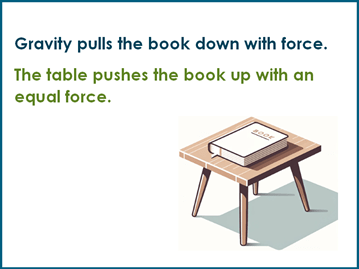
A tug-of-war game with equal teams:
Both teams pull with equal force.
The rope doesn't move.
Result: The forces are balanced.
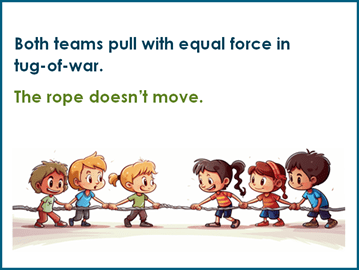
Hanging object:
A picture hanging on a wall has the force of gravity pulling it down.
The nail provides an equal upward force.
Result: The picture remains stationary.
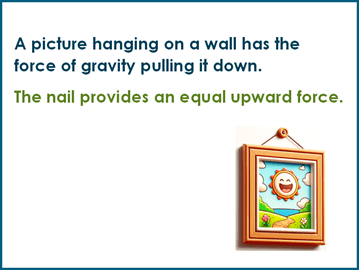
Unbalanced forces
Unbalanced forces occur when the forces acting on an object are not equal, resulting in a change in the object's motion. This can cause the object to start moving, stop moving, or change direction.
Key characteristics:
Unequal in size or not directly opposite.
Cause a change in motion (acceleration, deceleration, or change in direction).
Examples of unbalanced forces
Pushing a shopping cart:
The force you apply to push the cart is greater than the friction opposing it.
Result: The cart moves forward.
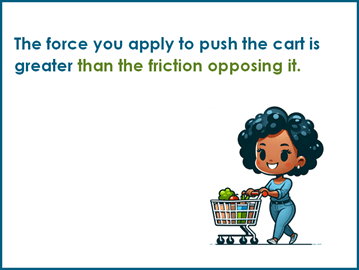
A tug-of-war game with unequal teams:
One team pulls harder than the other.
The rope moves toward the stronger team.
Result: The forces are unbalanced.
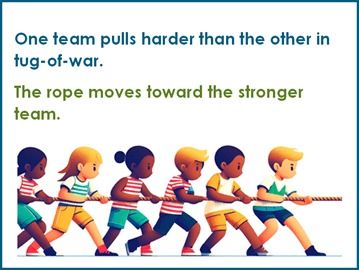
Kicking a ball:
The force of the kick is greater than the forces keeping the ball at rest.
Result: The ball moves in the direction of the kick.
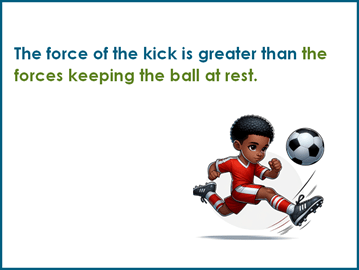
Balanced and unbalanced forces worksheets
In our grade 3 science section we have a set of worksheets for students to experiment with and respond to questions about balanced and unbalanced forces.


